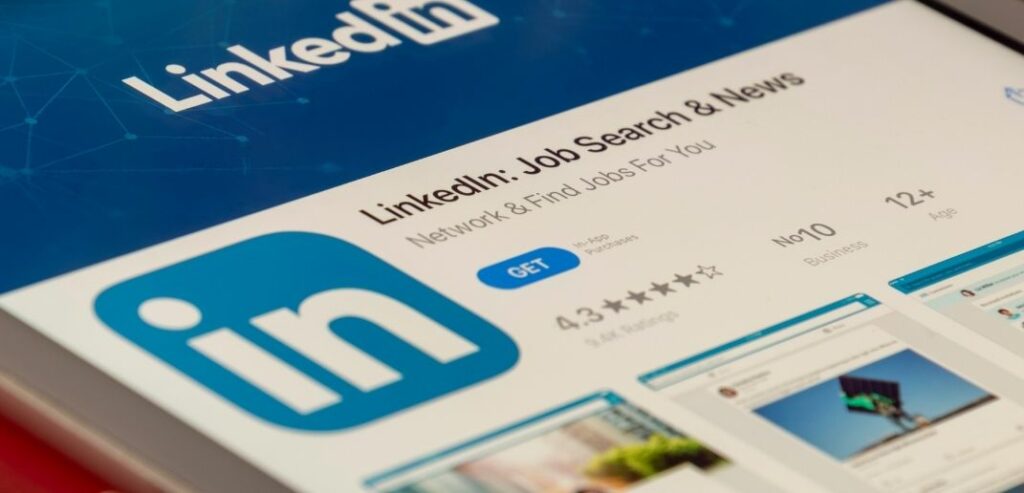
Active and passive candidates: who they are, the differences, how to attract them
There are significant differences between the two categories, and not only because they are not looking for work in the same way, but also because you have to use different strategies and tactics to attract them. Find out more in the article.
When it comes to candidates, it is assumed that they are all the same and that most of them do active research for new roles. If for many this is so, for many others it is completely the opposite: they already have a job and are not actually looking around to change it.
These two types of candidate are known as active and passive candidates. While the former are “recognisable” because they respond to ads, search LinkedIn and so on, the others are just as interesting for HR professionals and head hunters. Passive candidates are in fact particularly attractive because they often have specific experience, better technical skills and other beneficial characteristics.
Let’s get to know them better starting from their definitions and going into the details of the differences. In addition to understanding how to “identify them”, we will see the best practices that should be in place to effectively hire these different candidates.
SUMMARY
- Who are the active and passive candidates, and the main differences
- 6 best practices to attract active and passive candidates
- How do you find passive candidates?
Who are the active and passive candidates, and the main differences
What is the main difference between active and passive candidates and who should I hire? If you work in Human Resources, this is a question that you will surely have asked yourself several times, also because it is crucial to outline the recruitment strategy as well as the recruitment marketing strategy. The main difference essentially lies in the adjective that accompanies the word candidate and indicates the approach they have to looking for a job which can obviously affect their candidate experience. Let’s see what that means in practice.
The characteristics of active candidates

Active candidates represent an attractive percentage of the workforce and are those who actively seek out new opportunities and are immediately available. They may be unemployed or employed but with a specific desire to change jobs.
Why are they so active in job hunting? Here are some options:
- they want to extend and improve their career path, perhaps acquiring new experience
- they want to develop new skills and are tired of always doing the same job
- they want or have to move (geographically)
- they do not share the company culture where they currently work
- they would like to travel more and their current role doesn’t include that possibility
- they have been fired or made redundant
- they have decided to leave their current job for ethical, economic reasons, or other reasons etc.
All of these reasons are to be considered when you receive an application. The candidate experience also needs to be considered: they proactively register for ads, continuously check company pages, are active on a company’s social networks, liking and commenting on posts. They also spend a lot of time perfecting their resume and LinkedIn profile.
They are, therefore, people who want that job and they do everything to get it, which is why they are also active on their personal social networks. If you look for them, you will not struggle to find them, because they want to be found.
And once contacted, you will see that they will immediately be ready to schedule an interview. Or they will do their best to find a free moment.
Remember: active candidates are not active for long. There is a finite number of active candidates on the market, which makes competition intense. Most people will interview at other companies and you can’t guarantee their availability when you contact them. On the contrary, they could cancel an interview if they find a new job.
The characteristics of passive candidates

Passive candidates are professionals currently working in other companies, startups, or organisations. They are not actively looking for work, but this does not mean that they are not evaluating new opportunities, it does however mean that they are probably not available immediately.
The fact that they are not actively looking for work makes it more difficult to reach them through organic content. Furthermore, they are unlikely to make themselves known to recruiters because any action they take, even in changing their LinkedIn profile, could be noticed by the company they work for. And if they have no intention of changing at the moment, chances are they don’t want to send out questionable signals. Therefore you will have to proactively find them, but it will undoubtedly be worth it.
Here are some reasons to consider passive candidates:
- they have the right skills and competencies to enter your company
- they are not under pressure so if they agree to an interview it is out of real interest in the proposed role and your company
- they are not investing energy in looking for a new job so they could respond quickly making the process more efficient
That said, it is necessary to map the market, consolidate your network and know how to use social media in the best possible way. Also, it is important to identify the candidate persona so that you are clear on whether they are an active or passive candidate.
For example, you will have to define their general characteristics, the traits of their personality, their skills and also their goals: personal, professional, and also life inspirations. You must then identify what motivates a candidate to join your company and what can frustrate them. Finally, investigate how they are looking for a new job seeker and how they found you.
Remember that with this candidate persona model we are not just targeting a specific candidate, but a group of people with these or similar characteristics.
Let’s see some best practices for your search and selection activities.
6 best practices to attract active and passive candidates
Here are some tactics for building a successful pipeline with active and passive candidates.
How to attract active candidates
Be visible
It is essential that you are visible to the candidates you are looking for, which is why you have to work a lot on Employer Branding. How? By attending job fairs, getting your company talked about in the media, actively using social channels and obviously posting ads on all channels that interest your audience. You have to be active too and not sit idle.
Create a message that is truly attractive
Are you looking for copywriters? Insert something in the ad text that connects to that world such as a phrase from a famous copy writer or a skill that only those who do the job would know about.
This will make it clear to the active candidate that you are speaking directly to them and that you place a high value on their professionalism. And it obviously applies to all the profiles being sought.
Try to have something to say
Ok, you have attracted the attention of the candidate, now what to do? Try to build a relationship with the candidate even before the interview. How? Not only by focusing on the benefits of your offer – which may be similar to those of other companies – but by making your value proposition clear. That is, highlighting what you can give to those who will come to work in your organisation.
How to attract passive candidates
As for passive candidates, you need to focus on a long-term relationship that can take several months and the exchange of numerous messages before anything materialises. Here are some things you can do.
Make long-term forecasts
Often the company asks the recruiter to find the candidate in a short time. The notice is scarce and everything has to be done in a few weeks, at most a month. This works for active candidates, but not for passive ones: it is necessary to plan and think in the long term, about people who could be interesting for the company in the future. How to do this? For example, if you know that the company is working to launch itself into a new market, but it will do so in six months, you must start to think now about the people that will be needed, rather than wait for the specific hiring request.
Maybe talk to the CEO or the managers in order to predict together which roles are essential. This proactivity is often greatly appreciated.
Take the time to evaluate your “audience”
That is to say: think strategically and analyse the best tools to use. For example, it isn’t usually worthwhile sending an e-mail to a passive candidate. At least establish contact first, perhaps by asking to connect on LinkedIn or by commenting under a relevant post.
Keep track of the conversation
Once passive candidates have started interacting with your content, keep an eye on what catches their attention, what content they prefer, how to interact with them and how to spark their interest. If, as mentioned, you comment – without reference to your search or hire – the candidate will still be aware of you.
How do you find passive candidates?
In addition to the above, here are other concrete ways to find passive candidates. Ask employees for a referral. What does this mean? That by explaining what kind of hire you are making, you can ask those who work in the company to think of people they could introduce. These are very important referrals because often employees are more informed about what is happening, they also have continuous contact with external people and this can broaden your reach.

It is also very important to use social media, in particular LinkedIn, which allows you to search using filters such as sector, experience and professional titles. If you find interesting candidates, as we said, send a connection request but be careful: always personalise the message and do not assume that, since you are a recruiter, they will accept your request. In fact, if they are not looking for work, it is more than likely they will be inclined to refuse your request, so give them a reason to accept.
You can also make the best use of your database and in particular your talent pool: these are people you have already met who perhaps came “second” in a selection or who were not perfectly in line with the position at the time. They should be contacted again: they already know you!
As you have seen, this leads you to have different types of strategies as well as pull and push channels. Here they are in summary.
Active candidates: pull channels
For active candidates you must therefore:
- publish job postings on the main organics and paid job boards
- publish job postings on the main social networks and overcome “physical” obstacles with technology that supports remote recruitment and virtual recruitment
- focus on Employer Branding
- organize Career Days, including virtual ones
Passive candidates: push channels
For passive candidates, in light of what has bee said so far, you must:
- implement Talent Acquisition strategies
- create a Talent pool and draw on it
- do direct research on LinkedIn or on Social channels (thematic groups)
- ask your colleagues and employees
- focus on Employer Branding
- create sponsored ads on cross channels (Google, LinkedIn, Facebook but also other social networks such as Instagram)
Do you want dedicated help to manage these activities? Request a custom demo with one of our experts.

Giornalista, content strategist e formatrice
Siciliana trapiantata a Milano, città che ama molto come la sua terra. Giornalista, SEO copywriter, formatrice e amante del live tweeting, scrive per varie testate e blog aziendali di lavoro, risorse umane e tanto altro.
Ha scritto nel 2020 il suo primo libro “Scrivere per informare” insieme a Riccardo Esposito, edito da Flacowski e nel 2021 altri due: “L’impresa come media” e “Content marketing per eventi“.
Ama il mare, la bici, la pizza, i libri, le chiacchiere all’aperto.